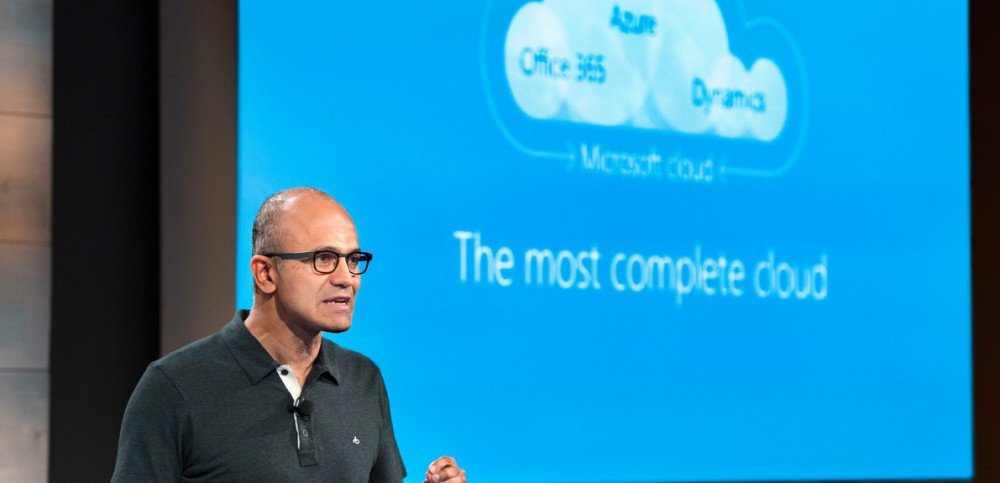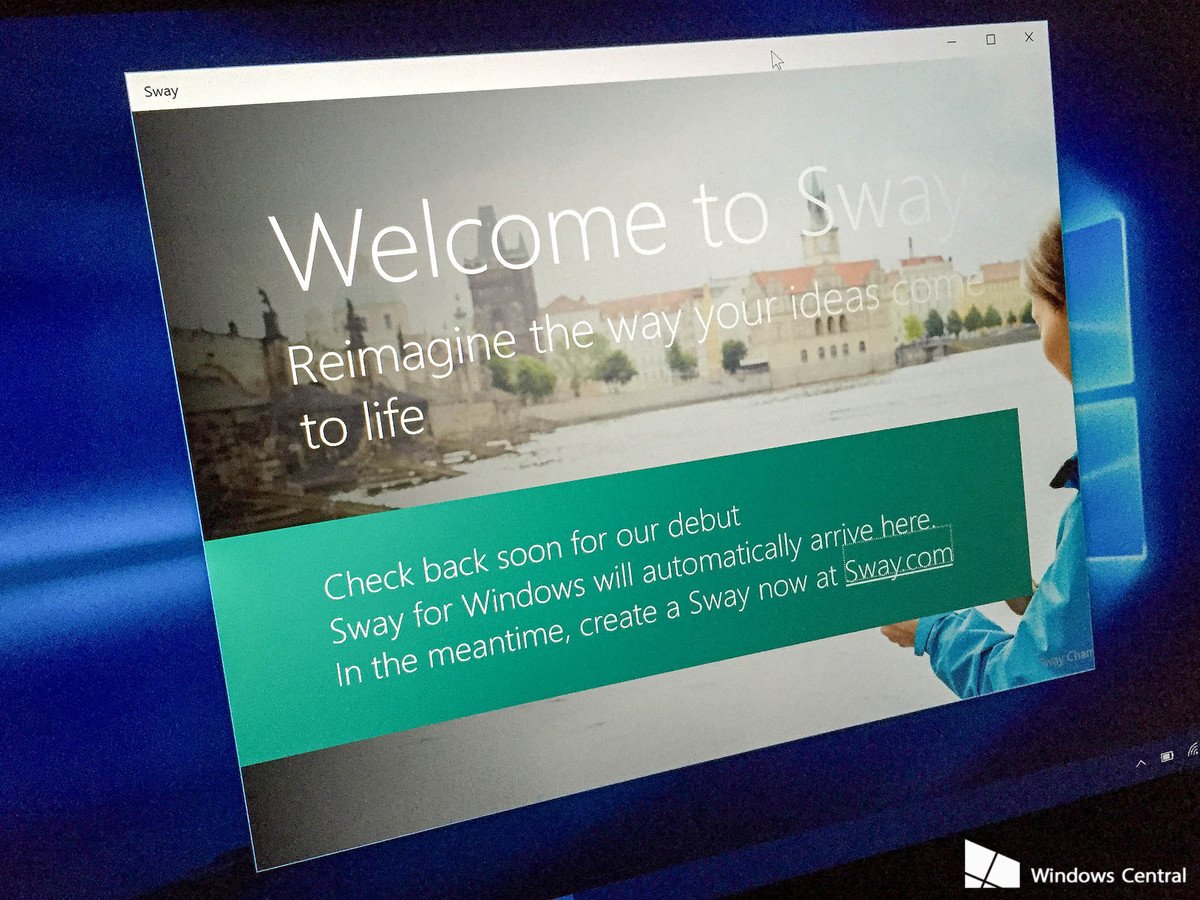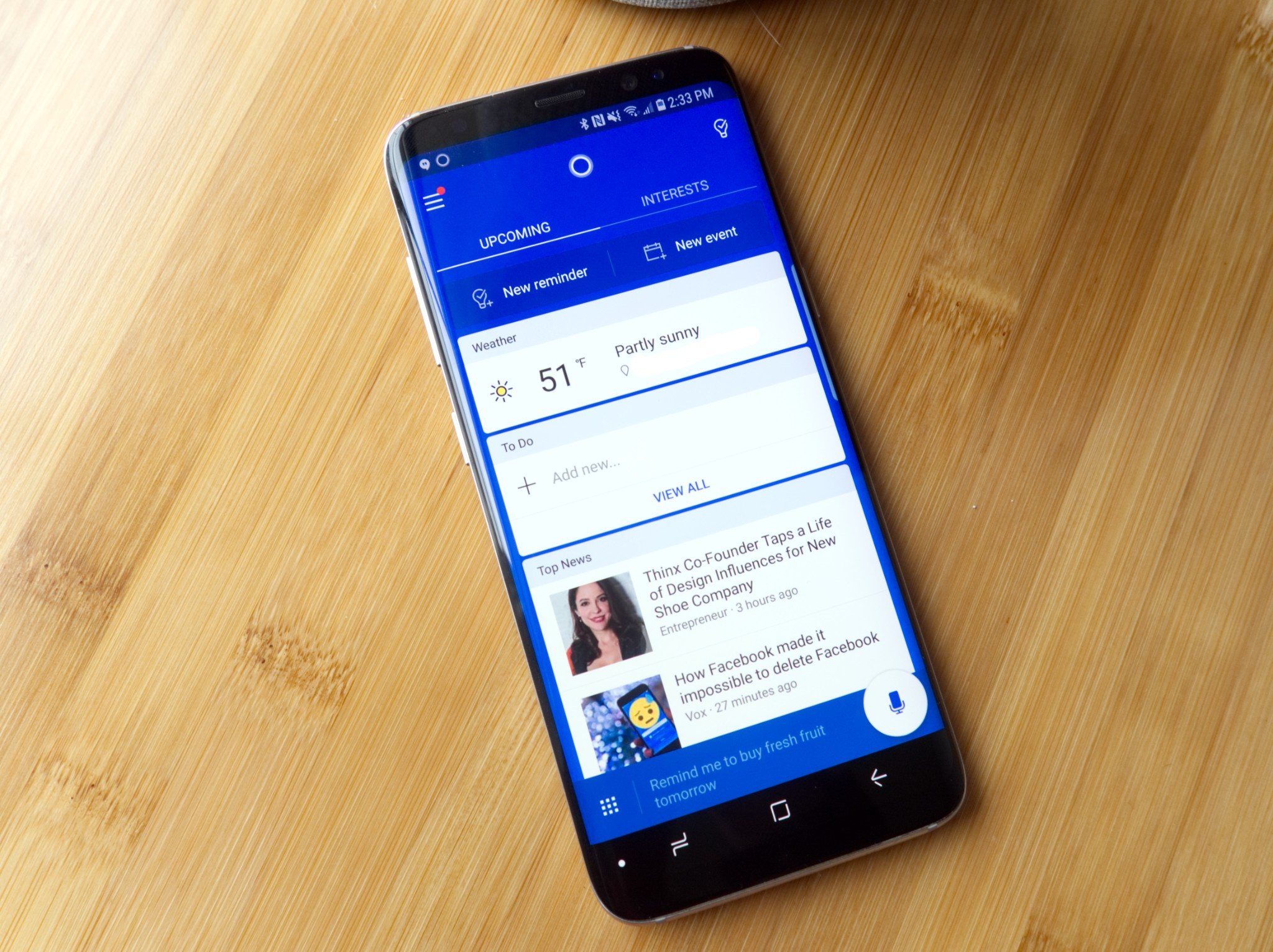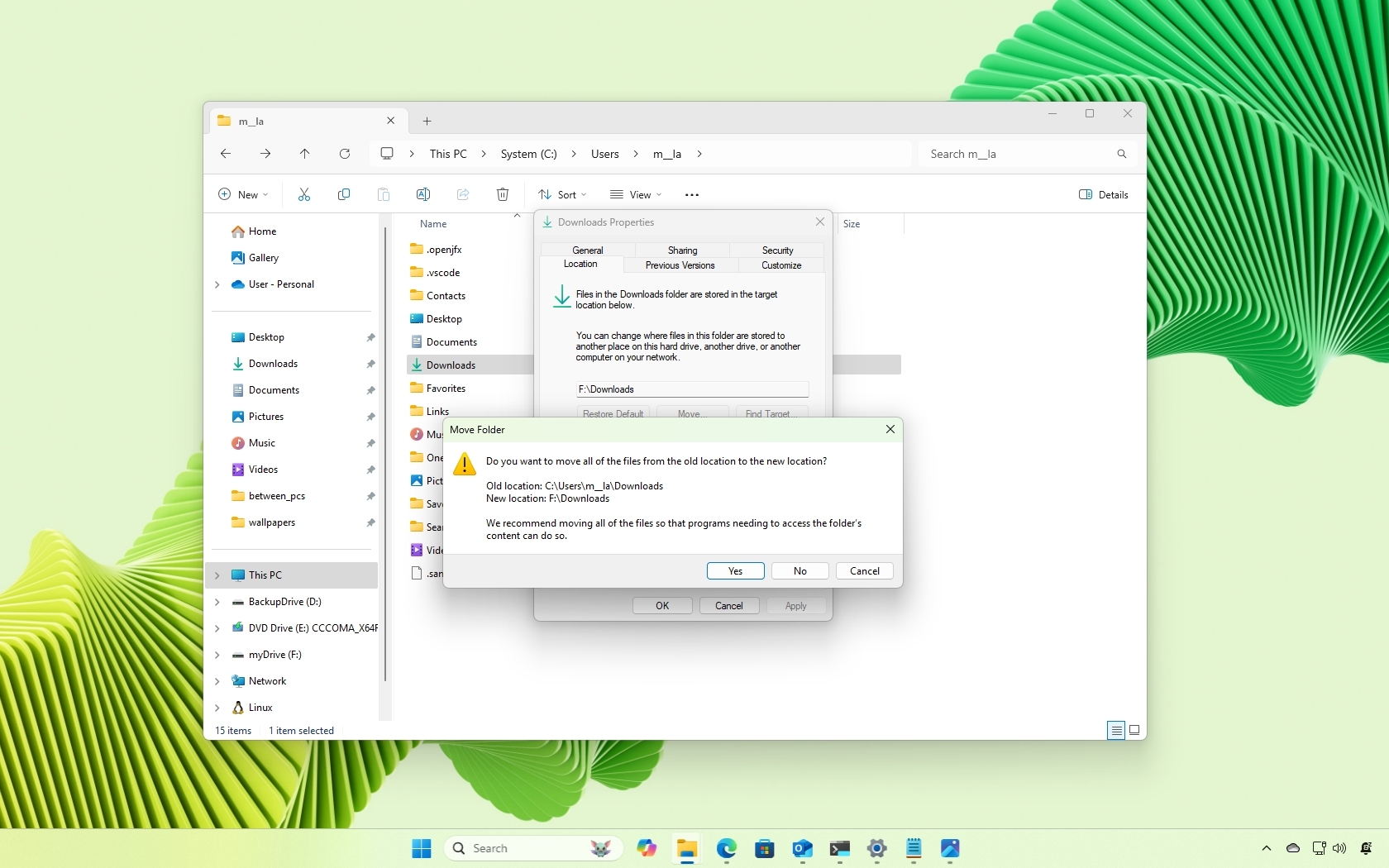Microsoft's refocusing on the cloud will have personal and far-reaching impacts
For many Microsoft watchers, the company's cloud focus has set it on a course toward inevitable irrelevance. That's a profoundly misguided assessment.

Microsoft fans are painfully aware of the company's repeated failures and seeming illogical decisions in the consumer's space. Microsoft Zune, Groove, Windows Phone, Kinect, Kin and more were all canceled for reasons ranging from failure to catch on in the consumer space to Microsoft CEO Satya Nadella's admission of abandoning consumers to pursue "the next shiny thing".
Microsoft seems to follow a pattern of retreating from the highly visible consumer space ruled by rivals. This has made Microsoft seem wholly uninterested in the vibrant and diverse world of personal computing dominated by smartphones, mobile apps and a growing ambient computing platform led by smart speakers like Amazon's Echo.
Admittedly, Microsoft has failed miserably with a range of consumer products, and its Harmen Kardon Cortana speaker (and the efforts behind it) seem to be following a similar path. Those failures, however, cannot be used to apply a blanket assessment that Microsoft's cloud focus is an IBM-esque departure from consumers and a path toward irrelevance. In fact, Microsoft's cloud efforts are not as removed from users as the cloud metaphor may imply.
Real-world impact of Microsoft's AI investments
Microsoft's cloud is more like a fog
The world of personal computing is changing. Despite efforts from various companies to lock users into specific ecosystems, users are moving between platforms, apps and devices every day throughout the day. This is an undeniable reality and an important factor driving Microsoft's cloud investments.
Though I contend that Microsoft would benefit from having a broader and well-supported range of devices like smartphones, smart speakers and wearables (to complement Surface and Xbox) its cloud efforts are consistent with today's diverse and transient personal computing landscape. Thus, even if Microsoft produced a portfolio of successful consumer products, what it's doing in cloud would still have to happen if it's to remain relevant into the coming decades.
Microsoft's cloud is more a "fog" through which we move with ease.
Microsoft's cloud strategy is a forward-looking commitment to create a "super platform" that ties ecosystems, devices and apps together. The goal is to facilitate a consistent experience for users as they move between devices and ecosystems. Microsoft's cloud isn't an abstract or "removed" platform analogous to a natural clouds position far above the heads of people. It's more like a "fog" that permeates our personal computing environment, engulfs us and is something through which we move with ease.
Get the Windows Central Newsletter
All the latest news, reviews, and guides for Windows and Xbox diehards.
Thus, beyond Wall Street's positive response, Microsoft's cloud is having real-world impact on users today.
Office 365, Microsoft Graph, Windows Timeline and Project Rome
Office 365 is Microsoft's suite of cloud-based personal/professional productivity tools. It's cross-platform and accessible to users from anywhere and any device. It also has a single authentication allowing users to seamlessly transition between personal and professional use.
Microsoft Graph uses Cortana and the cloud to tie users experiences together across platforms. A user can begin an experience on a Harmon Kardon speaker and continue the experience on an iPhone for instance. The cloud also allows Android and Windows phones to share text message (and missed call alerts) with a Windows 10 PC.
Windows Timeline allows users to continue experiences like PowerPoint presentations, news articles and more across devices. Cortana can recognize the data related to specific experiences in the cloud and alert a user to continuing with that content as they move to a new device. Windows Timeline allows users to pick up right where they left off.
Project Rome is a cloud-based service that allows apps instances to continue across devices such as a music app on an Android phone continuing to play on an Xbox. Its goal is to help apps to remain engaged in a very dynamic personal computing environment.
OneNote, OneDrive and WhiteBoard
OneDrive is Microsoft's cross-platform cloud storage space where users store documents, images, music and more. Users can access their OneDrive Content from any device.
Microsofts OneNote is a personal cloud-based note taking tool that allows users to write notes and perform other functions on a device. It automatically updates in the cloud allowing users to view/interact with and update notes on a range of devices.
WhiteBoard is a collaborative cloud-based digital WhiteBoard that updates in real time. Whiteboard allows users in diverse locations to work together on a common canvas and also uses AI to perform mathematic functions and draw shapes for users.
Sway, Cortana and the enterprise

Microsoft's Sway is a cloud-based presentation tool that uses AI to help users quickly "tell stories". Sways are web-based and can be easily shared via a link, format automatically to any screen type and can be updated at any time after being created.
Beyond the expected on-device support, Cortana is a cross-platform cloud-based tool that ties users experiences together across Microsoft's Graph and Windows Timeline. Cortana is also part of Microsoft's Edge browser and proactively provides location- and browsing-based suggestions all powered by the cloud. Cortana's presence on iOS and Android further integrate those platforms into Microsoft's ecosystem via the cloud.
If you work for a company or benefit from its services in some way Microsoft's cloud likely impacts you.
- Infrastructure-as-a-service (IaaS): companies rent IT infrastructure from a provider like Microsoft.
- Platform-as-a-Service: web and mobile developers use cloud infrastructure supported by a company like Microsoft for app development.
- Software-as-a-Service: a company like Microsoft provides software on demand (as well as security and upgrades) over the internet.
Information you use may be hosted on a Microsoft server, apps you use may have been developed in Microsoft's cloud or software you use may be streamed by Microsoft over the internet.
Walking around in a fog…

Contrary to popular belief Microsoft's cloud investment's are not only timely but are relevant for today's personal computing environment and are key to future relevance in a connected multi-platform world.
The absence of a host of (much-needed) exciting consumer products cause many fans to presume Microsoft's cloud does not directly affect them. Yet, as we can see by the few examples I've shared, millions of users are walking around in a "fog" of evolving cross-platform interconnectivity powered by Microsoft's cloud.
Related reading
Microsoft's recent reorg is about every user on every platform
Jason L Ward is a columnist at Windows Central. He provides unique big picture analysis of the complex world of Microsoft. Jason takes the small clues and gives you an insightful big picture perspective through storytelling that you won't find *anywhere* else. Seriously, this dude thinks outside the box. Follow him on Twitter at @JLTechWord. He's doing the "write" thing!

